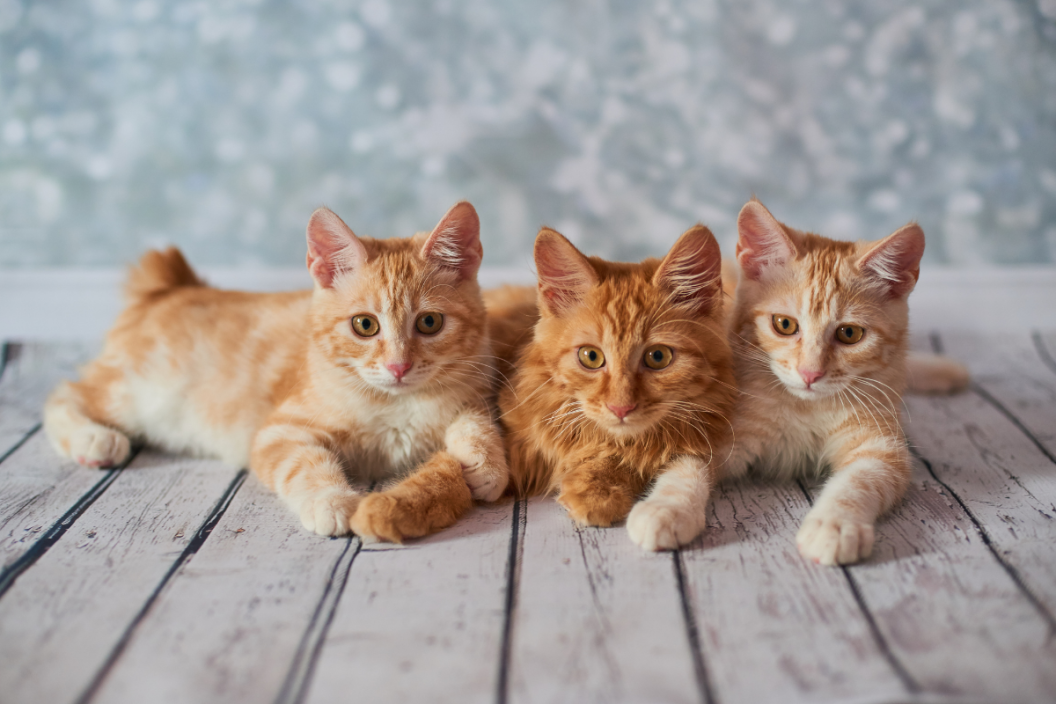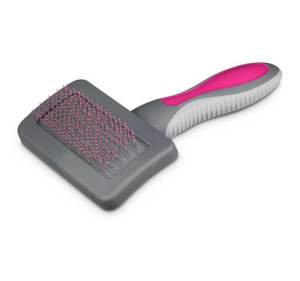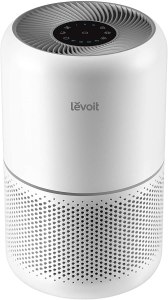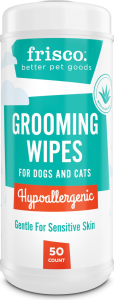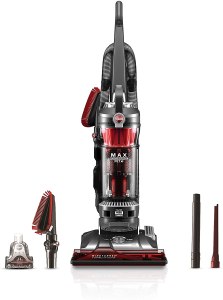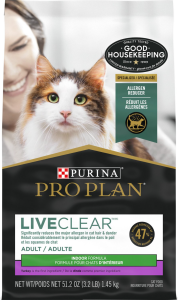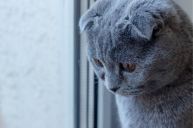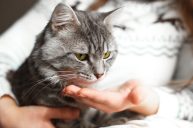Is there really such a thing as a hypoallergenic cat?
Sneezing, itchy eyes, itchy skin, runny nose, stuffy nose, hives, and even asthma symptoms like difficulty breathing or shortness of breath—all those unpleasant reactions are typical signs of an allergy to cats. When your immune system overreacts, allergy symptoms can make even the strongest among us run to the antihistamines and decongestants. While pet allergies are fairly common in general, cat allergies are twice as common as dog allergies. That's bad news for many kitty lovers out there, especially if they'd like to avoid allergy shots, allergists, or expensive vacuum cleaners and HEPA filters. But before you give up your dream of parenting a Persian in favor of a Cornish rex or one of the other supposedly "hypoallergenic" cats, read on for the lowdown on cat allergies and the truth about "low-allergy cat breeds" and "low-shedding cats."
What Triggers a Cat Allergy?
The protein Fel D1 (found in the saliva and oil glands of the cat) is what triggers an allergic reaction, says Teresa Keiger, All Breed Judge for the Cat Fanciers Association. Dander is considered the particles of skin, oil, and cat's saliva, all containing Fel D1, that cling to the coat or skin and is responsible for producing cat allergens. "The fur is just a handy place for the dander to hang on," says Keiger. "But because fur is so visible, it gets the blame for causing allergies."
Sometimes, a cat allergy shows up as a skin sensitivity rather than the more common sneezing and watery eyes. A temporary rash called dermatitis can pop up where skin has come in contact with a cat. Keiger herself has experienced this. "When kittens nuzzle me, I get all red, especially around my face and neck, but it goes away," she says. Still, no one wants to pop a Benadryl or worry about family members every time they're around a family pet, so is there a solution for pet allergens?
Are There Hypoallergenic Cats?
"There's a lot of misinformation out there about hypoallergenic cat breeds, low-shedding cats, and low-allergy cat breeds", says Keiger, who's bred Russian blues, a breed often said to be hypoallergenic (along with the Sphynx, Cornish rex, Oriental shorthair and Balinese), for 25 years. "In reality, no specific breeds are less prone to triggering allergies than others. The truth is that they all produce some amount of Fel D1." However, cats that produce more of the protein trigger more of a reaction. In clinical trials, it was unneutered males who produced the most Fel D1. "That makes sense when you remember that it's the sebaceous glands and saliva producing the protein, and intact male cats can be rather oily and messy in their quest to mark territory," notes Keiger. More Fel D1 means higher allergen levels, more dust mites, and more noticeable symptoms of cat allergies.
Asriani M. Chiu, MD, Director of the Asthma and Allergy Clinic at the Medical College of Wisconsin in Milwaukee, agrees that since the allergenic protein Fel D1 is found to some extent in all cats, there are no breeds, in contrast to dogs, that can legitimately be called hypoallergenic, since all breeds have some amount of allergens. "I joke with kids who are allergic to cats that they can't even get a pet tiger or lion!" says Dr. Chiu.
Why Do Cat Allergies Seem To Come and Go In Some People?
While some people have life-threatening reactions like asthma attacks to animal allergens, other people have a simple case of hay fever. Those people can build up a tolerance to Fel D1 over time, affirms Keiger. Additionally, the care that a cat receives affects how much Fel D1 he produces. "Cats who are kept in good health and fed a cat-appropriate diet of primarily meat and meat byproducts and as few additives as possible will have a more balanced system overall. Less shedding and appropriate sebum production means less Fel D1," explains Keiger. "I've noticed over the years at cat shows that folks who are allergic to cats have no reaction to our show cats, who are kept in top condition."
Keeping your cat well groomed, then, with a daily brushing, can help by reducing the amount of fur with dander on it around your home. Exposing yourself to small amounts of Fel D1 results in a form of immunotherapy, where your body is taught to appropriately produce antibodies without overdoing it. Keeping your cat well groomed starts with a good brush. The Well & Good Cushion Slicker Cat Brush easily relieves cats, even long-haired breeds, of loose hair.
Cat allergies can be affected by hormonal factors as well as environmental exposure, says Dr. Chiu. That's why we see people who had cat allergies as children, but when they go through puberty, move or go through pregnancy, symptoms lessen or vice versa. Genetics also play a part. "There are a lot of variables in regard to development and resolution of symptoms," says Dr. Chiu.
Can Cat Allergies Be Treated or Prevented?
It's a common scenario: a family adopts a cat, but no sooner do they stock up on treats than someone in the house discovers an allergy. Is there any hope for keeping their new feline friend in his forever home?
The best cure for any allergy is avoidance of the trigger. "But that said, we know that pets are a significant part of the family," says Dr. Chiu. She recommends keeping the doors to the allergic person's bedroom and home office closed at all times. Using a HEPA air filter has also been shown to be beneficial. Of course, use common sense too. "Limit interaction with the cat, wash your hands after petting and don't touch your eyes," says Dr. Chiu.
A Ph-balanced dander reducing spray specifically for cats or a wipe-on cat dander remover may also provide some relief. When you're on the go, pre-moistened fur-cleaning wipes can lessen dander quickly and easily. If you have a kitten, it's best to use wipes made especially for them, such as Espree Kitten Aloe Wipes.
If it's a frequent visitor to your home who's allergic to your cat, an allergy relief air and surface spray can neutralize the allergens in cat dander on furniture and rugs before they arrive. A vacuum that makes short work of pet hair can make a major difference too. With stellar reviews on Amazon for its features and budget friendliness, the Hoover Windtunnel Max Performance Pet has a special pet hair tool.
While you should always touch base with your vet before abruptly switching your pet's food, it could be worth asking about Purina Pro Plan Liveclear Indoor Formula Dry Cat Food. The unique formula neutralizes the allergenic effects of a cat's Fel D1. One recent Chewy reviewer called it a "game changer." One more step might include a cat cleanser that reduces shedding and dander, like Earthbath Shed Control Green Tea & Awapuhi Shampoo.
What's your favorite way to deal with cat dander? Tell us on the Wide Open Pets Facebook page!
Editor's Note: Products featured on Wide Open Pets are independently selected by our editors. However, when you buy something through our links, we may earn a commission.
